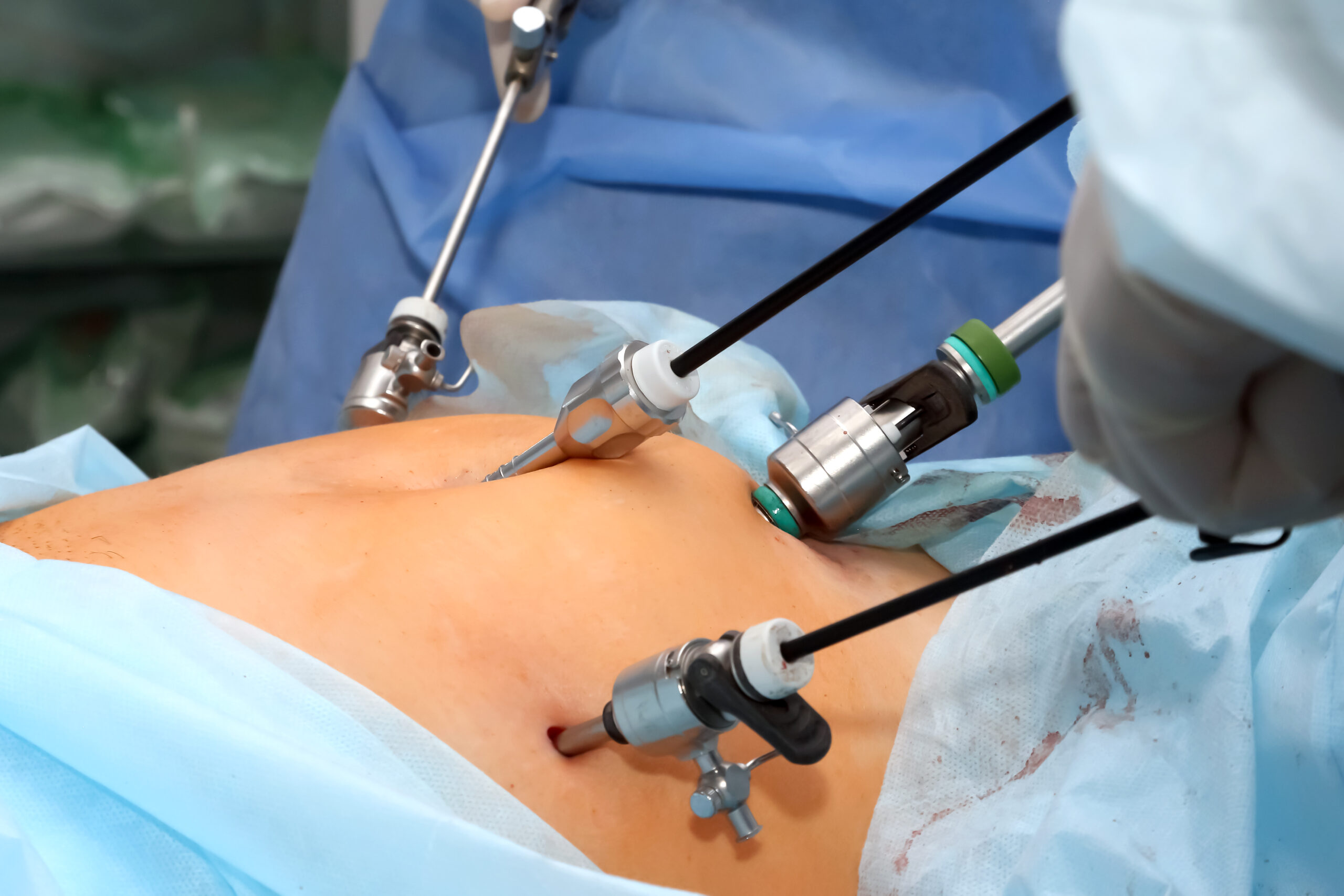For many women, certain gynecological conditions can cause pain, discomfort, or health risks that affect everyday life. When medication or other treatments don’t provide relief, surgery may be recommended. One such advanced surgical option is the total laparoscopic hysterectomy (TLH).
This minimally invasive surgery removes the uterus and cervix using small incisions in the abdomen. A laparoscope—a thin, lighted tube with a camera—is used to guide the surgery with precision. Compared to traditional open surgery, TLH is less painful, heals faster, and leaves smaller scars.
If your doctor has advised you to consider this surgery, understanding the process, benefits, and recovery steps can help you feel confident about your decision.
What is Total Laparoscopic Hysterectomy?
A total laparoscopic hysterectomy is a surgical procedure where the uterus and cervix are removed entirely through small incisions in the abdomen. The surgeon uses a laparoscope to see inside and specialized instruments to perform the operation.
This method is widely used for conditions such as:
- Fibroids – Noncancerous growths in the uterus causing pain or bleeding.
- Endometriosis – A condition where tissue similar to the uterus lining grows outside it.
- Abnormal bleeding – When other treatments fail to control heavy or irregular periods.
- Adenomyosis – Where the uterus lining grows into the muscle wall, causing pain.
- Certain cancers – Like uterine or cervical cancer, if detected early.
The choice to go for TLH depends on factors like your age, medical history, and overall health.
Benefits of Total Laparoscopic Hysterectomy
Many women prefer TLH over traditional hysterectomy because of its advantages:
- Smaller scars – Incisions are just 0.5–1 cm long.
- Less pain – Smaller cuts mean reduced post-surgery discomfort.
- Faster healing – Many patients return to work in 2–4 weeks.
- Shorter hospital stay – Often just 1–2 days.
- Lower infection risk – Smaller wounds heal faster and are less likely to get infected.
- Better cosmetic outcome – Minimal visible marks after recovery.
These benefits not only improve physical healing but also help patients feel more positive about the surgical experience.
How is the Surgery Done?
Here’s how a total laparoscopic hysterectomy is usually performed:
- Anesthesia – You will be under general anesthesia to ensure you feel no pain.
- Small incisions – The surgeon makes 3–4 tiny cuts in your abdomen.
- Laparoscope insertion – A camera is inserted to view the inside of your body on a screen.
- Uterus removal – Special tools are used to carefully detach the uterus and cervix.
- Extraction – The uterus is removed through the vagina or in small pieces through the abdominal incisions.
- Closing the incisions – Small stitches or surgical glue seal the cuts.
The surgery usually takes 1–2 hours, depending on the condition being treated.
Recovery and Aftercare
One of the biggest advantages of TLH is the short recovery time compared to open surgery.
During recovery:
- Expect mild pain or cramping for a few days.
- Avoid lifting heavy objects for 4–6 weeks.
- Stay active with light walking to promote healing.
- Eat fiber-rich foods to avoid constipation.
- Keep the incision sites clean and dry.
- Follow your doctor’s advice on when to resume sexual activity.
Warning signs to watch for:
- Heavy vaginal bleeding
- Severe abdominal pain
- Fever or chills
- Foul-smelling discharge
If any of these occur, contact your doctor immediately.
Best Care for Laparoscopic Surgery in Kerala
For women looking for advanced gynecological care, the Best Gynec Laparoscopy Hospital in Kerala – Lifeline Hospital offers expert surgical services, including total laparoscopic hysterectomy.
With highly skilled specialists, state-of-the-art equipment, and patient-centered care, Lifeline Hospital ensures safety, precision, and faster recovery for every patient. Their personalized approach means your treatment plan is designed specifically for your needs.
Conclusion
A total laparoscopic hysterectomy is a safe and effective solution for many gynecological issues. It offers less pain, faster healing, and smaller scars compared to traditional surgery. Choosing the right hospital and surgeon is essential for the best outcome, and trusted facilities like Lifeline Hospital in Kerala provide the expertise and care you need for a smooth recovery.
FAQs
1. Will I still have periods after TLH?
No, since the uterus is removed, menstrual bleeding stops permanently.
2. How soon can I return to work?
Most women can resume work within 2–4 weeks, depending on their recovery.
3. Is TLH safe for older women?
Yes, if you are medically fit, age is not a barrier.
4. Does TLH affect hormones?
If your ovaries are not removed, your hormone levels will remain unchanged.
5. Can TLH improve quality of life?
Yes, it often relieves chronic pain, heavy bleeding, and other symptoms, improving overall well-being.


